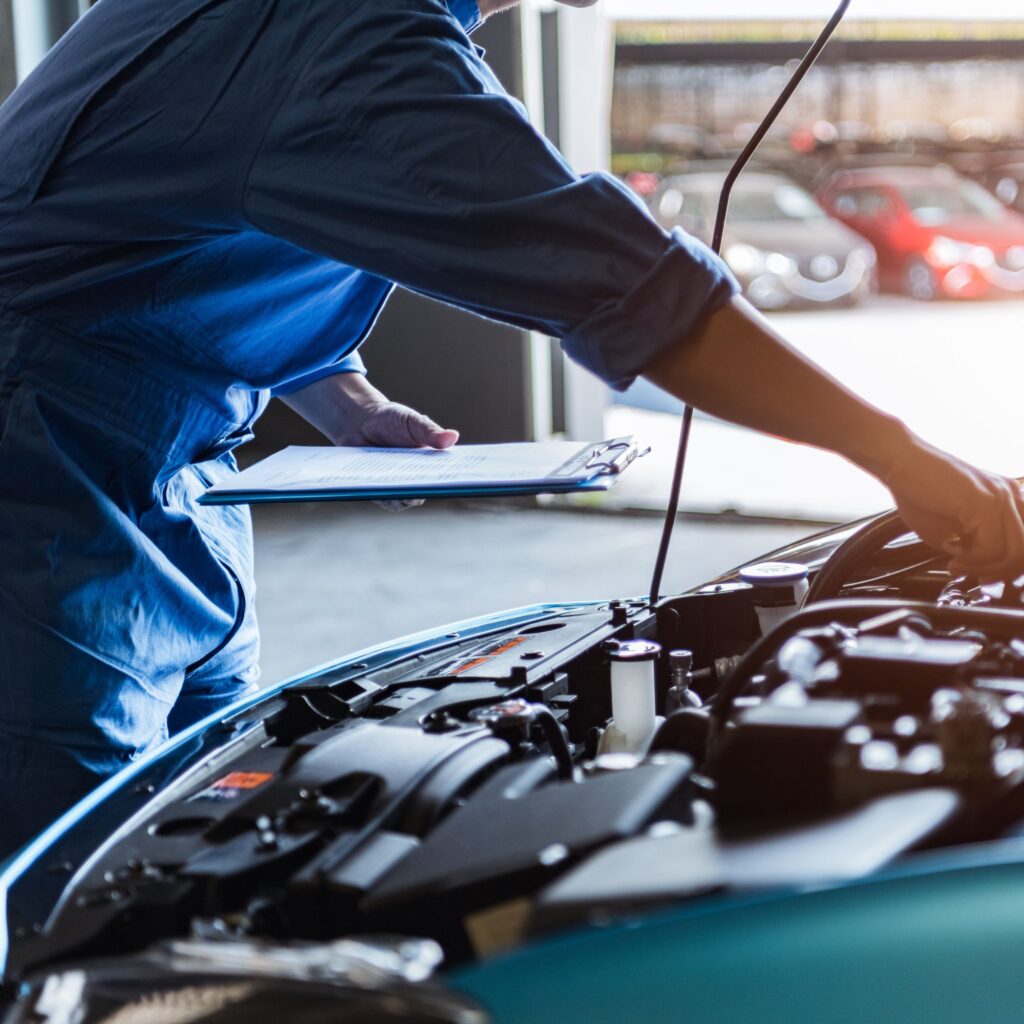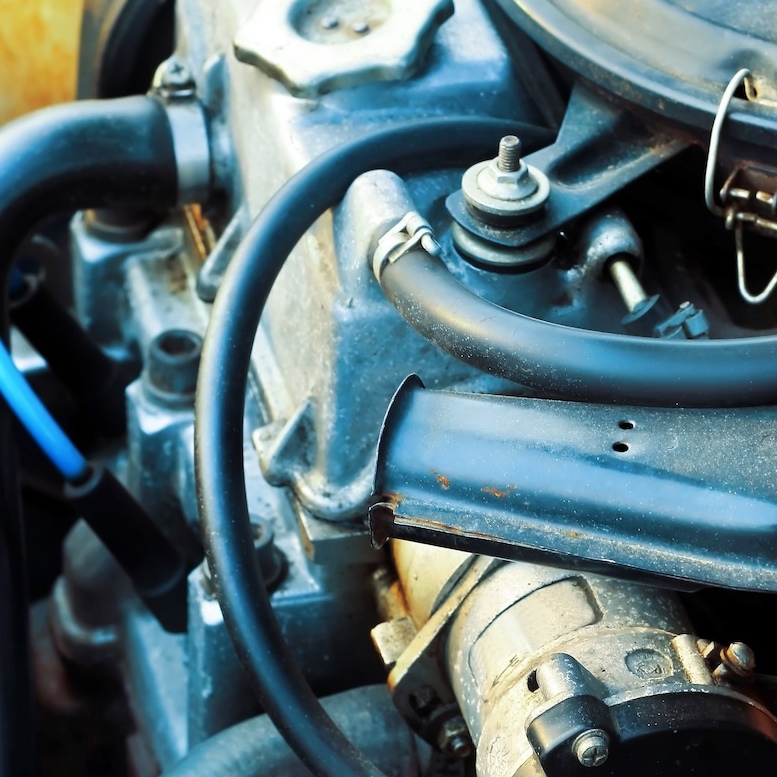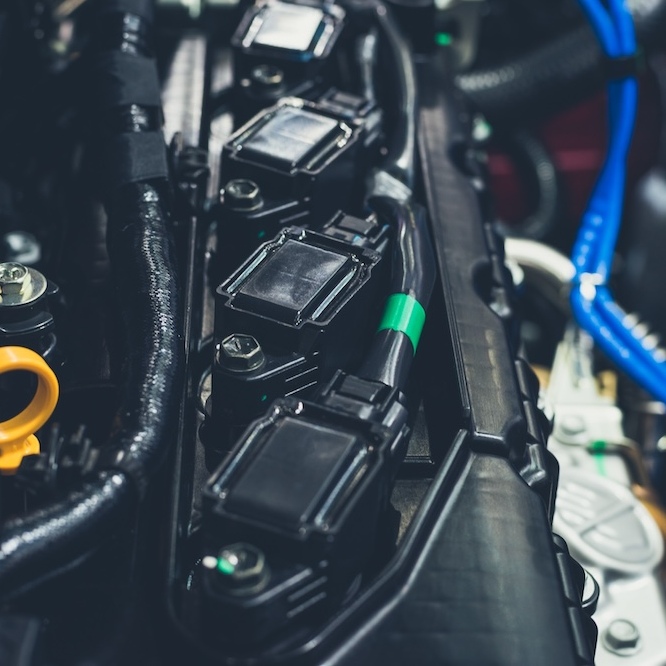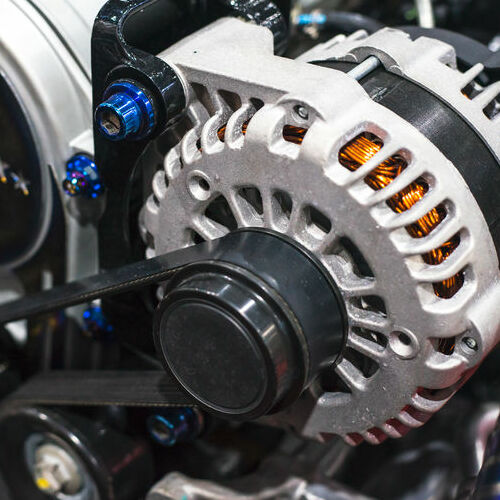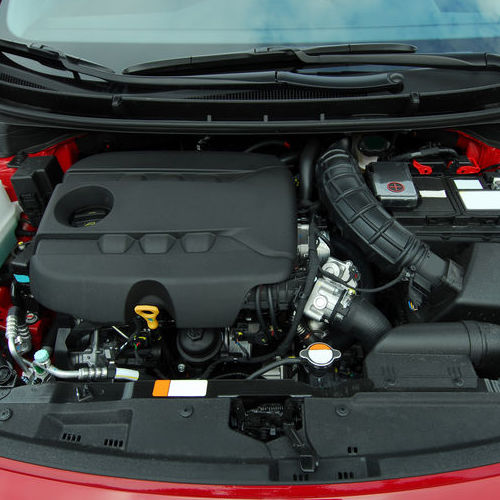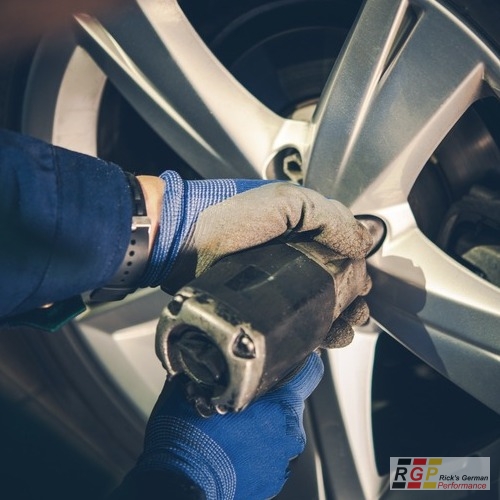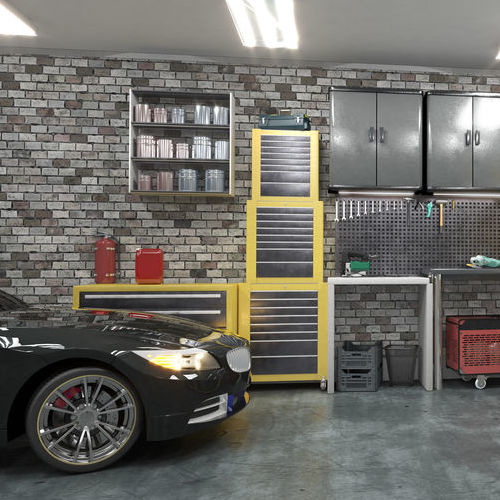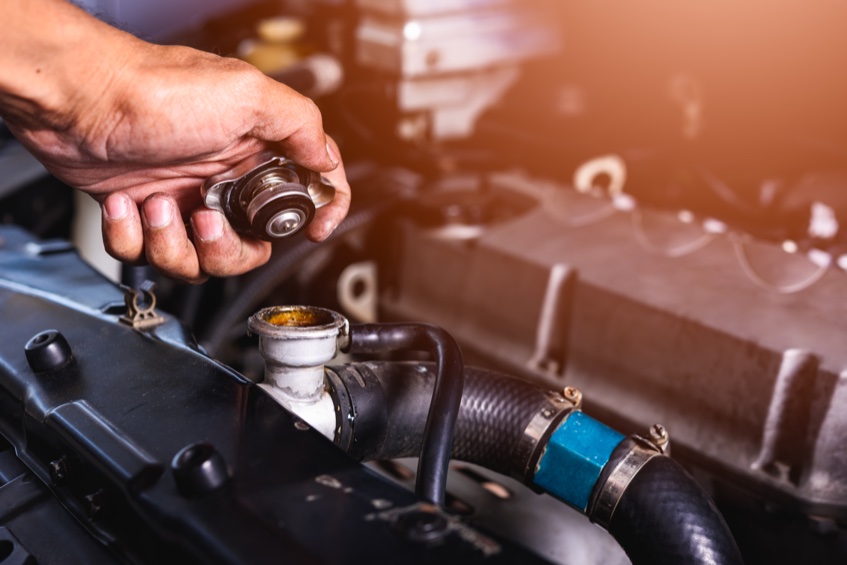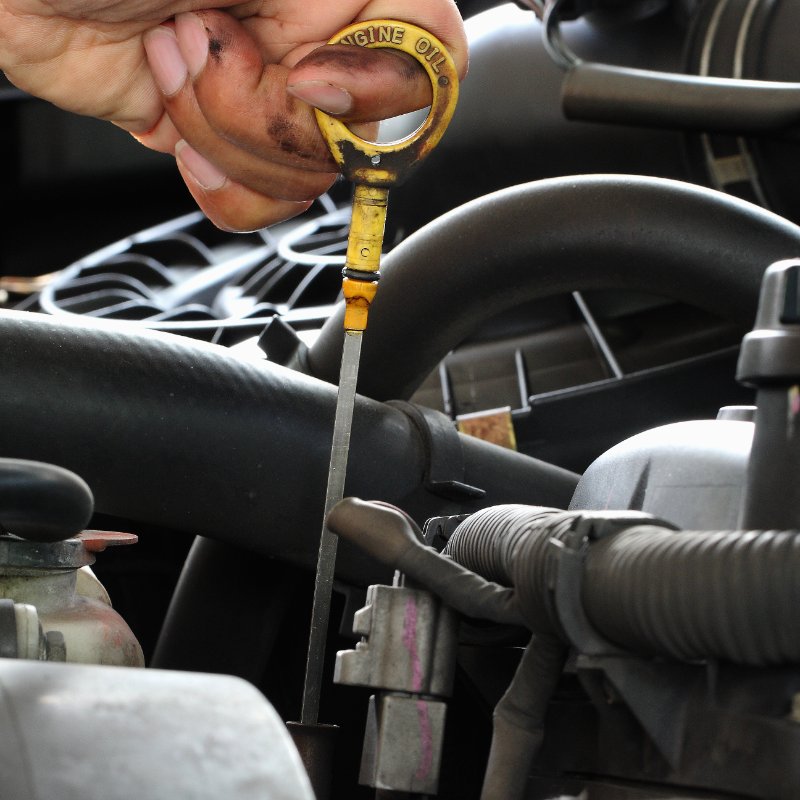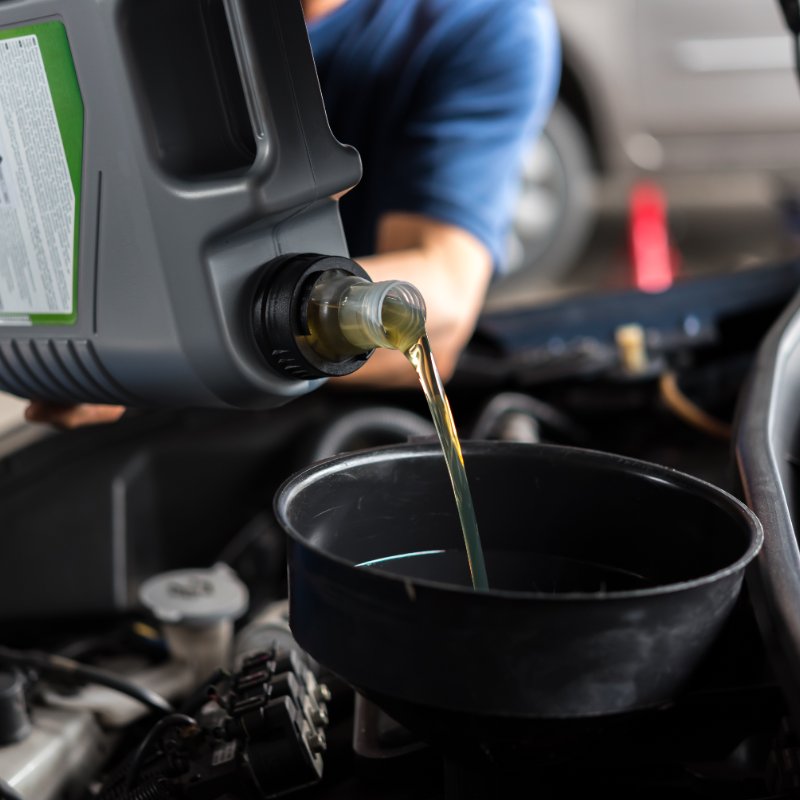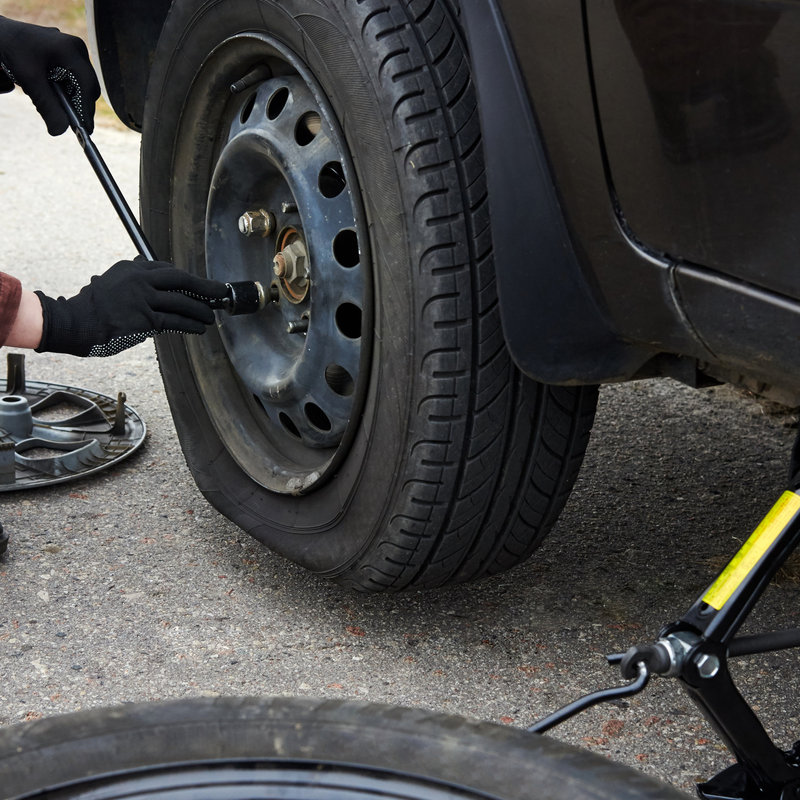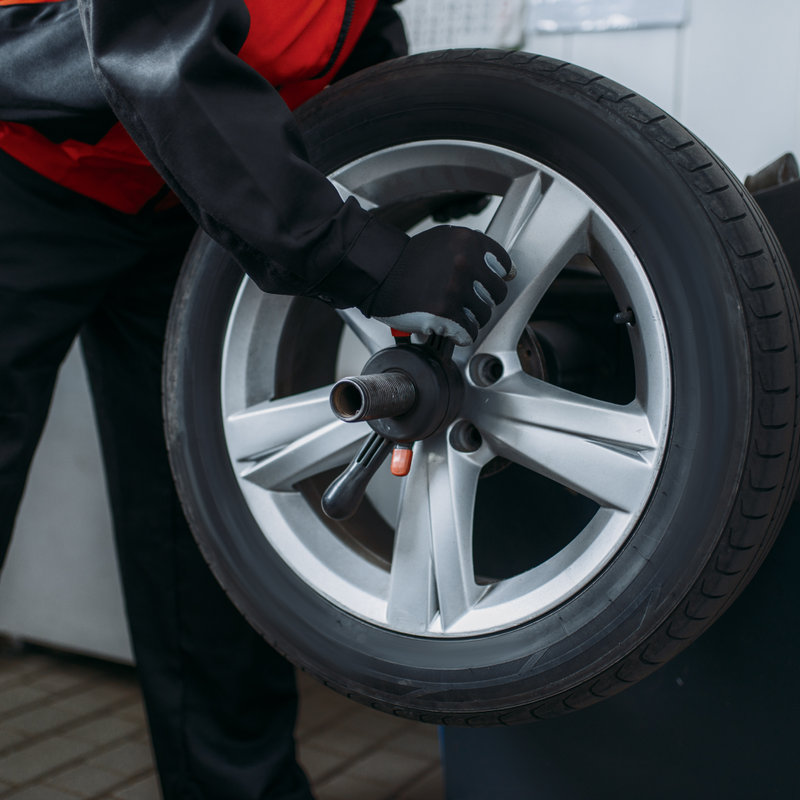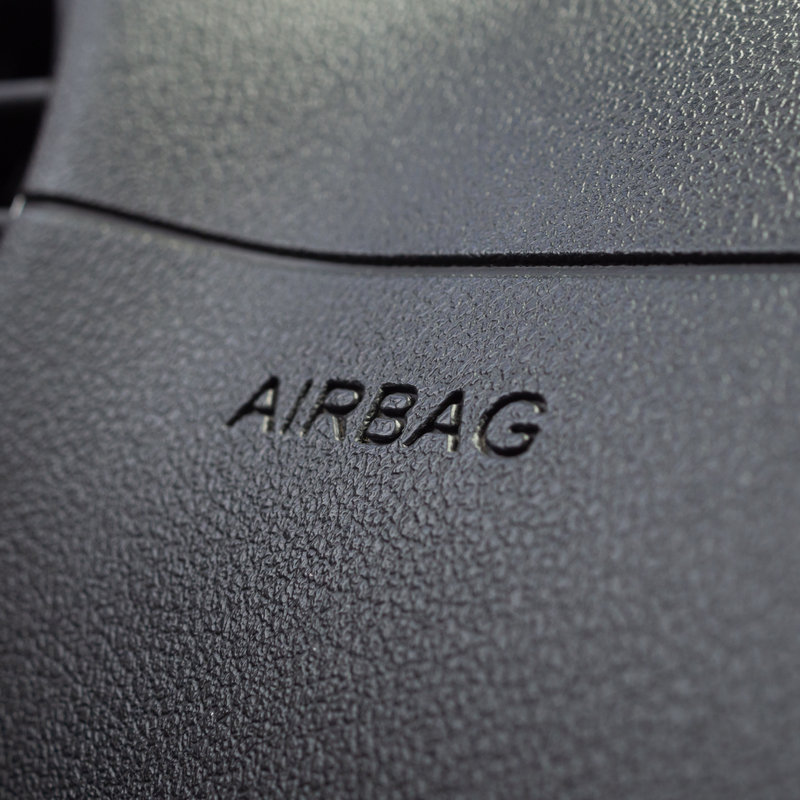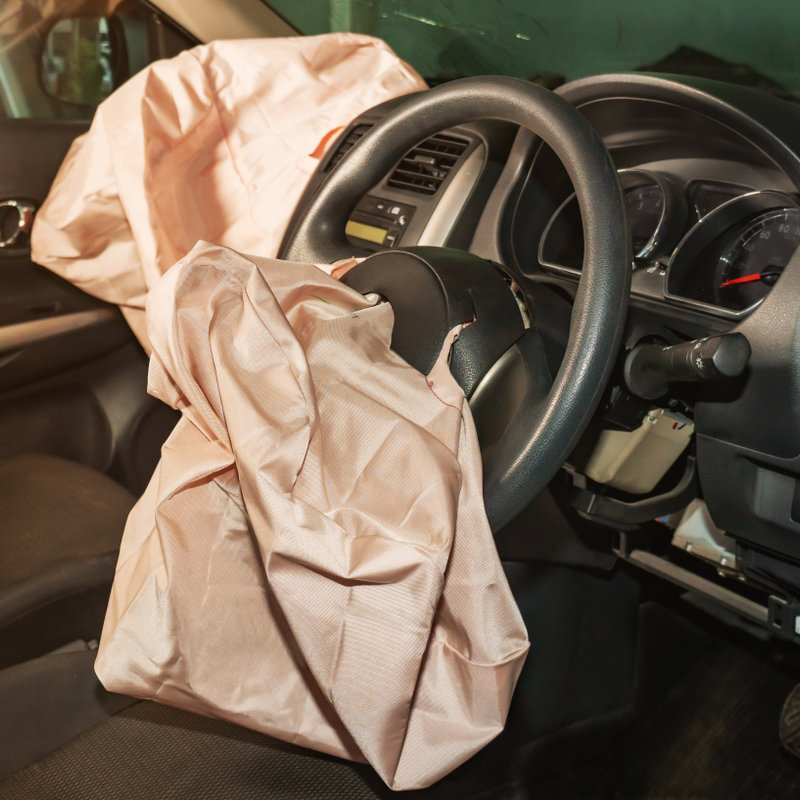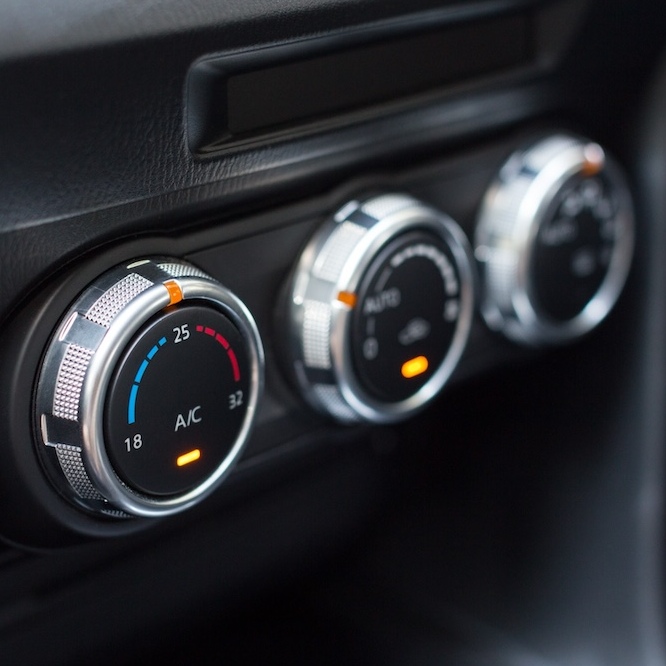
Understanding the Role of the Car Thermostat
The thermostat is a small but crucial component in your car’s cooling system. It regulates the flow of coolant to maintain the engine’s optimal operating temperature. When the thermostat malfunctions, it can lead to serious engine problems and costly repairs. In this blog post, we’ll explore the signs of a bad car thermostat, how to diagnose the issue, and the importance of timely repairs.
The car thermostat is a valve that controls the flow of coolant between the engine and the radiator. It ensures that the engine warms up quickly and maintains a stable operating temperature. When the engine is cold, the thermostat stays closed, allowing the engine to reach its optimal temperature faster. Once the engine is warm, the thermostat opens to allow coolant to circulate, preventing overheating.
Common Symptoms of a Bad Thermostat
Recognizing the symptoms of a bad thermostat can help you address the issue before it leads to more significant problems. Here are some common signs to watch for:
Overheating Engine
One of the most apparent signs of a bad thermostat is an overheating engine. If the thermostat is stuck closed, coolant cannot circulate, causing the engine temperature to rise rapidly. You might notice the temperature gauge moving into the red zone or receive a warning light on the dashboard. An overheating engine can lead to severe damage, so it’s crucial to address this issue immediately.
Engine Running Cold
Conversely, if the thermostat is stuck open, the engine may run too cold. This can result in poor fuel efficiency, increased emissions, and a lack of heat from the car’s heater. An engine that never reaches its optimal temperature will also experience increased wear and tear over time, potentially shortening its lifespan.
Fluctuating Temperature Gauge
A faulty thermostat can cause erratic temperature readings on your dashboard gauge. You might see the needle rapidly moving between hot and cold or fluctuating without a clear pattern. This inconsistency indicates that the thermostat is not regulating the coolant flow correctly, leading to unstable engine temperatures.
Poor Engine Performance
A malfunctioning thermostat can impact overall engine performance. If your car feels sluggish, lacks power, or you notice a decrease in fuel efficiency, the thermostat could be the culprit. The engine’s performance is optimized at specific temperatures, and a bad thermostat disrupts this balance, affecting fuel combustion and efficiency.
Coolant Leaks
If you notice coolant leaking under your car, it could be a sign of a thermostat problem. A stuck thermostat can cause pressure to build up in the cooling system, leading to leaks at the thermostat housing or other weak points. Inspect the area around the thermostat and the cooling system for signs of leakage.
Diagnosing a Bad Thermostat
If you suspect your car’s thermostat is bad, there are a few diagnostic steps you can take to confirm the issue:
Visual Inspection
Start with a visual inspection of the thermostat housing and surrounding area. Look for signs of leaks, corrosion, or damage. Ensure that the thermostat housing is securely attached and that there are no visible cracks or breaks.
Check the Coolant Level
Ensure that the coolant level in your radiator and reservoir is adequate. Low coolant levels can cause overheating and similar symptoms to a bad thermostat. If the coolant level is low, top it up and monitor the temperature gauge. If the problem persists, the thermostat may be the issue.
Feel the Radiator Hoses
With the engine running and warmed up, carefully feel the upper and lower radiator hoses. Both hoses should feel warm if the thermostat is functioning correctly. If the upper hose is hot and the lower hose is cold, the thermostat may be stuck closed. If both hoses remain cold, the thermostat might be stuck open.
Test the Thermostat
For a more definitive diagnosis, you can test the thermostat by removing it and placing it in a pot of boiling water. A functioning thermostat should open at its designated temperature, typically between 180-195°F (82-91°C). If the thermostat remains closed or fails to open fully, it needs to be replaced.
The Importance of Timely Repairs
Addressing a faulty thermostat promptly is essential to prevent more severe engine damage. A malfunctioning thermostat can lead to overheating, which can cause the head gasket to fail, warp the cylinder head, or damage the engine block. These repairs are significantly more expensive and time-consuming than replacing a thermostat.
Preventive Maintenance Tips
Regular maintenance of your car’s cooling system can help prevent thermostat issues and extend the life of your engine. Here are some tips:
- Regular Coolant Flushes: Replace the coolant according to your vehicle manufacturer’s recommendations to prevent corrosion and debris buildup.
- Inspect Hoses and Belts: Check the condition of radiator hoses and drive belts for signs of wear or damage.
- Monitor Temperature Gauge: Keep an eye on the temperature gauge for any unusual readings.
- Schedule Routine Inspections: Have your cooling system inspected regularly by a professional mechanic.
Conclusion: Don’t Ignore the Signs
A bad car thermostat can lead to significant engine problems if not addressed promptly. By recognizing the symptoms and taking proactive steps to diagnose and repair the issue, you can protect your engine and ensure optimal performance. If you suspect your thermostat is malfunctioning, consult with a professional mechanic to get it repaired or replaced. Regular maintenance and timely attention to your cooling system can save you from costly repairs and keep your car running smoothly.
At German Performance, we specialize in diagnosing and repairing cooling system issues, including thermostat problems. Contact us today at 805-466-3236 to schedule an inspection for your car thermostat replacement in Atascadero, CA.

